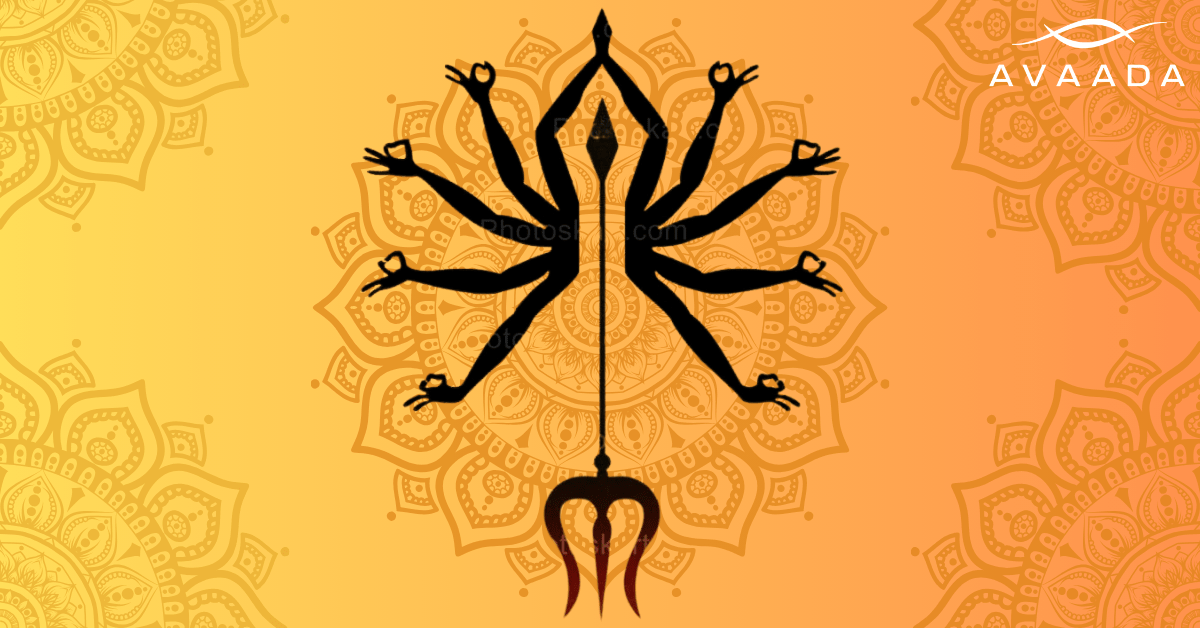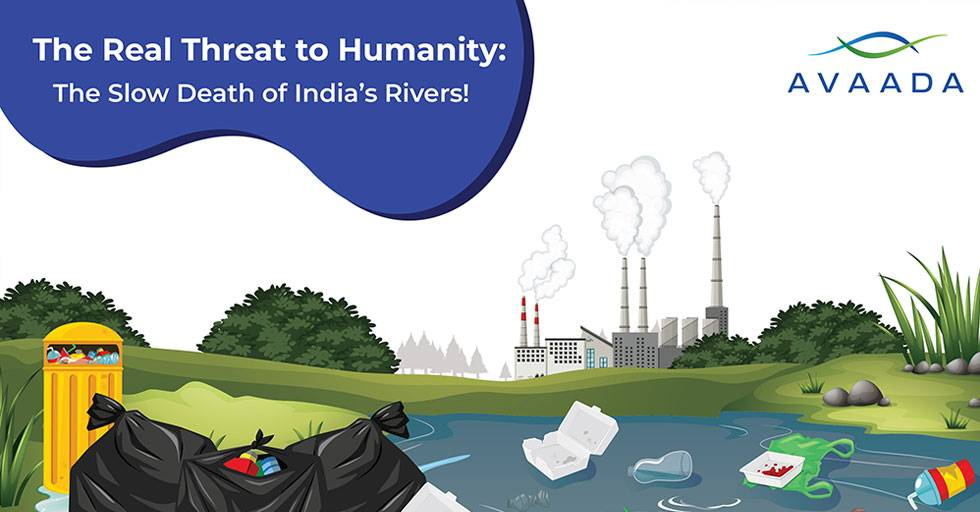Navratri, a vibrant festival celebrated with much fervour across India, is not just a spiritual occasion but also a scientific phenomenon, deeply connected with energy and seasonal transitions. This nine-night festival is not merely a religious event but also a period that encapsulates scientific principles and practices that can enhance physical, mental, and spiritual well-being. Let us delve deeper into the science behind Navratri and explore what the modern Bhartiya can learn and implement from this ancient celebration.
- Physical Rejuvenation through Fasting:
- Astronomical and Seasonal Transition: Navratri aligns with crucial astronomical events: Equinoxes and Solstices, which are pivotal in marking the change of seasons. Each of the four Navratris is associated with a particular seasonal transition, such as the onset of summer or winter.
- Detoxification and Immunity: The change of seasons, especially during Sharada Navratri, is often linked with a dip in immunity and a spike in infections. Fasting and consuming a saatvik diet during Navratri act as a detox, giving the digestive system a break and enhancing the body’s ability to fight diseases.
- Mental Rejuvenation and Psychological Benefits:
- Combatting Negative Emotions: Navratri is also a period for mental detoxification by focusing on eliminating negative emotions like anger, lust, greed, and jealousy.
- Psychological Impact of Fasting: Fasting is not merely a physical activity but also a mental one. It helps strengthen willpower, enhance focus, and provides a platform for introspection and self-discovery.
- Spiritual Rejuvenation:
- Connecting with Cosmic Energies: The nights of Navratri are considered potent for spiritual practices. Devotees engage in meditation, prayers, and various rituals to connect with the divine feminine energy.
- Balancing Physical and Spiritual Aspects: The practice of worshipping different forms of Goddess Durga symbolises the victory of positive spiritual energy over negative earthly aspects.
What Modern Bhartiyas Can Learn and Implement:
- Embrace the Concept of Detoxification:
- Physical Detox: Adopting the practice of intermittent fasting or periodic detox, especially during seasonal transitions, can enhance physical health and immunity.
- Mental Detox: Allocating time for mental health, practicing mindfulness, and focusing on eliminating negative thoughts and emotions are crucial.
- Balancing Lifestyle with Nature’s Cycle:
- Aligning with Natural Rhythms: Understanding and respecting the natural and astronomical cycles and aligning one’s lifestyle accordingly can promote holistic well-being.
- Seasonal Eating: Adopting a diet that corresponds with the seasonal produce and climate can enhance digestion and immunity.
- Spiritual Practices for Mental Peace:
- Meditation and Yoga: Incorporating spiritual practices like meditation and yoga into daily life can provide mental peace and clarity.
- Connecting with the Divine: Engaging in spiritual practices, regardless of religious beliefs, can provide a sense of purpose and direction.
- Community and Togetherness:
- Celebrating Together: Festivals like Navratri promote community bonding. Celebrating, even in small ways, can foster a sense of belonging and togetherness.
- Cultural Preservation: Upholding traditions and understanding the science and wisdom behind them ensures that they are preserved for future generations.
In essence, Navratri, while being deeply rooted in spirituality and religion, offers a plethora of scientific wisdom and practices that promote well-being on multiple levels. Modern Bhartiyas, while navigating through the hustle and bustle of contemporary life, can imbibe these practices to enhance their physical, mental, and spiritual well-being, thereby leading a balanced and harmonious life.








